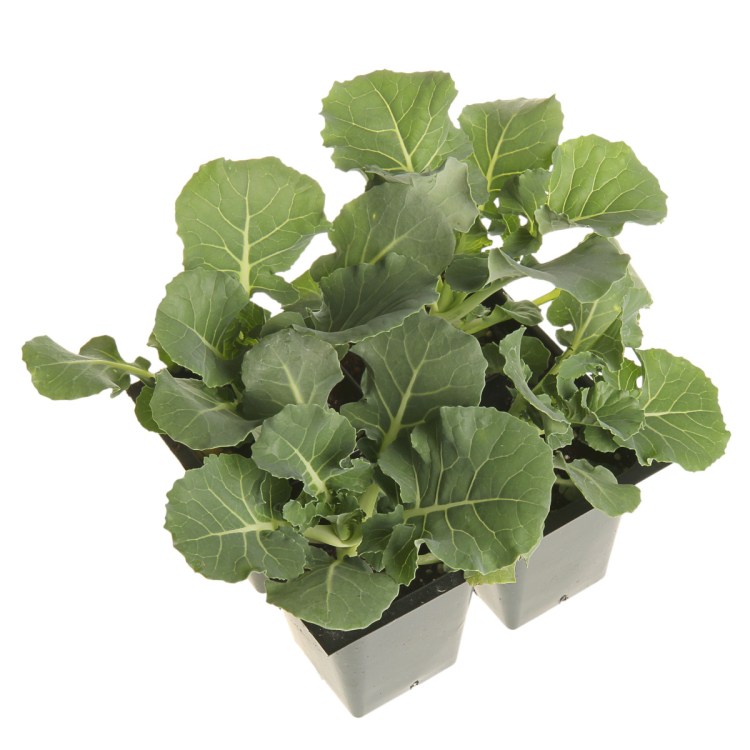I don’t know if I’ve gotten lazier as I’ve aged. It could be that I am wiser. Maybe I’ve decided that our financial situation is such that I don’t have to worry about saving each dollar. As in many things, it’s probably a combination of all three.
Whatever the reason, I am not even slightly tempted to plant our own vegetable seedlings this winter. That seems sacrilegious for someone who writes a weekly gardening column, but it is the truth.
One of the prime reasons why my wife Nancy and I used to grow a lot of seedlings was to try new varieties of vegetables and occasionally flowers, especially when Johnny’s Selected Seeds in Winslow had introductions that had won All-America Selection honors. We grew the Jasper tomato the first year it came out, and it produced well for us. We also tried the Valentine tomato and Red Ember pepper, two introductions that were All-America winners from the company last year.
Well, Johnny’s didn’t win any awards this year, so there is nothing I feel a desperate need to try.
We also used to start our own seedlings because the offerings at the local garden centers are limited to the most popular varieties – Ace peppers, Early Girl and Sweet 100 tomatoes and the like. Offerings at the garden centers have expanded some in recent years, but they still are limited.
Then, we began visiting the Portland Farmers Market in May. The variety of seedlings sold there can satisfy even adventurous gardeners. It’s as though the growers are perusing the introductions the same way I do, finding new plants that gardeners will want to test out and planting a few seedlings.
Yes, those seedlings cost more than the more generic varieties at Broadway Gardens, Highland Avenue Greenhouse, Skillins, Estabrook’s or O’Donal’s – our regular choices – but the enjoyment I get from growing something new and the satisfaction of supporting small, local farmers make the extra expense worth it.
Here’s another reason I’ve stopped growing seedlings: The ones we grew were never as healthy as the ones we can buy.
Even for people with sunny, south-facing windows growing healthy seedlings is tough. Though daylight hours are – thankfully – getting longer, sunlight in Maine is still weak at this time of year. To make matters worse, our house is surrounded by trees.
Growing healthy seedlings requires artificial light of the right spectrum to imitate the sun, which takes space not every household has, and quite a bit of expense, too. After you’ve bought the lights, you’ll need to buy growing medium, trays, pots and fertilizer – all this before you even get to the seeds.
The kicker, though, is travel. Nancy and I almost never leave Maine for more than a weekend during gardening season. The state is called Vacationland for a reason: It’s where people want to be in the summer. That means, if we are going to travel and we want to be home for the holidays, which we do, our window for travel comes at exactly the time when we’d need to be home tending vegetable seedlings.
If I haven’t talked you out of growing your own seedlings, here is, in brief, how to do it:
Start by going online and finding the date where the last frost typically occurs in your area. Many places post this information online, but I like this one, from the National Climate Data Center: ncdc.noaa.gov and search for Maine frost data.
Then count backward. Onions should be planted indoors 12 weeks before the last frost date, which for Cape Elizabeth, where we live, with an average last frost date of May 21 to 31 means planting in late February. At eight weeks, plant peppers. At six weeks, it’s kale and cabbage, and at four weeks it is tomatoes.
The seedlings should occasionally be moved up to larger pots and can be put outside in a cold frame in mid-May.
I got those instructions from the late Norm Steele, known for his organic vegetable garden in Cumberland and for the prodigious amounts of vegetables he donated to Plant-a-Row for the Hungry each year, shortly after I started writing this column in 2004. I’ve never heard the method described more simply.
It helps to have a heating cables to get the seedlings started, and regular watering is required – keeping things moist but not soggy. Years ago, we would wrap the seedling trays in plastic and put them on top of the dryer or television set for the warmth; however, with our present energy-efficient appliances, we would have to use heat cables. Using artificial light, the seedlings need 12 to 14 hours of light every day, as well as eight to 10 hours of darkness. If you grow a lot of seedlings, it helps to have a ping pong table with fluorescent light fixtures hung on chains overhead. The grow light tubes fit into the fixtures, and you raise and lower the fixtures as needed. Plug the light fixtures into a timer, and you won’t have to make several trips a day into your cellar.
You will save money and have a gardening activity to keep you busy while it is cold and snowy outside.
I’m going to travel during that cold season and shop in May.
Tom Atwell is a freelance writer gardening in Cape Elizabeth. He can be contacted at:
tomatwell@me.com
Send questions/comments to the editors.


